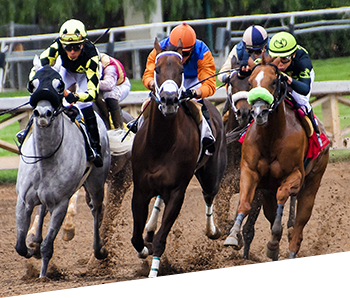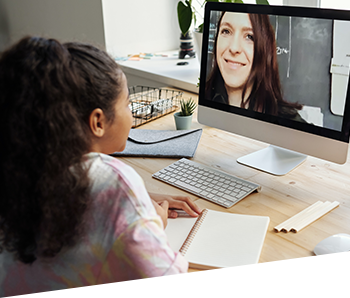
Featured Activities
STEM Activities for Your Classroom
Let’s Get Intelligent About Artificial Intelligence!
AI Sorting Challenge: How AI Recognizes Patterns
A classroom activity for middle school students to introduce how AI works and discuss potential issues with utilizing AI.
Activity Instructions for Teacher and Students with Lesson Plan

30 Minute STEMtastic Activities
Geared towards middle school students, these activities can be adjusted for grade level and learning outcomes. Each could be done at school, while online with your class on an e-learning day, or, at home. They use minimal supplies. Skills to be utilized are: critical thinking, problem solving, questioning, and experimentation; engagement and authenticity are goals, too. In the spirit of the Illinois Science Learning Standards and the Common Core State Standards in Mathematical Practice, we believe these activities will provoke questions as students work, and discuss their work, and that those questions will motivate and drive their search for answers.
If you have feedback on any of these lessons, please share at stem@dupageroe.org.
- Water Holder: This is an engineering design challenge.
- Whirlybird from Paper: An engineering design challenge integrating aerodynamics.
- STEM at the Breakfast Table: Use breakfast cereal to learn about measuring tools, nutrition, and nutrition labels.
- At Home Scavenger Hunt: STEM is everywhere! Have your students look for it in competition, and then discuss their findings.
- Paper Airplanes: Reverse engineer paper airplanes to determine how each paper airplane flies the way it does.
- Balance Bird: Discover what it means when something is balanced.
- Honeycomb Lab: Observable characteristics of polygons explain why honey bees use hexagons to build their combs. The geometric concepts of tiling and area are applied to our natural world.













